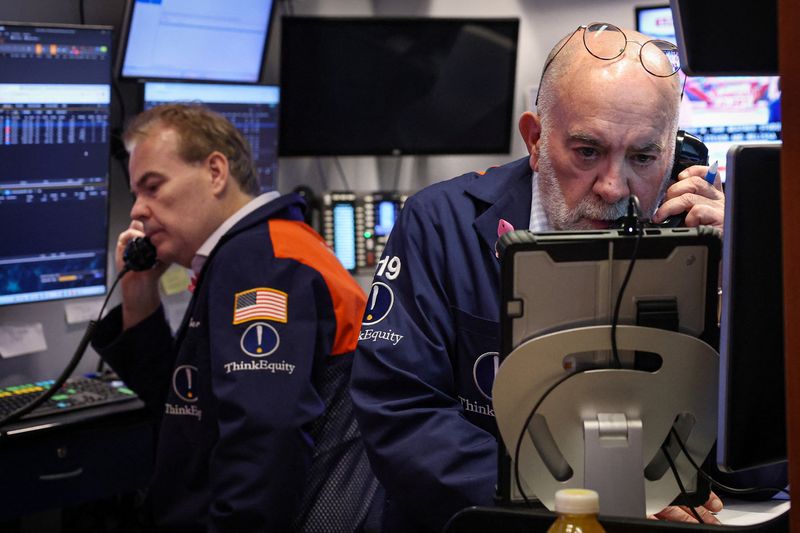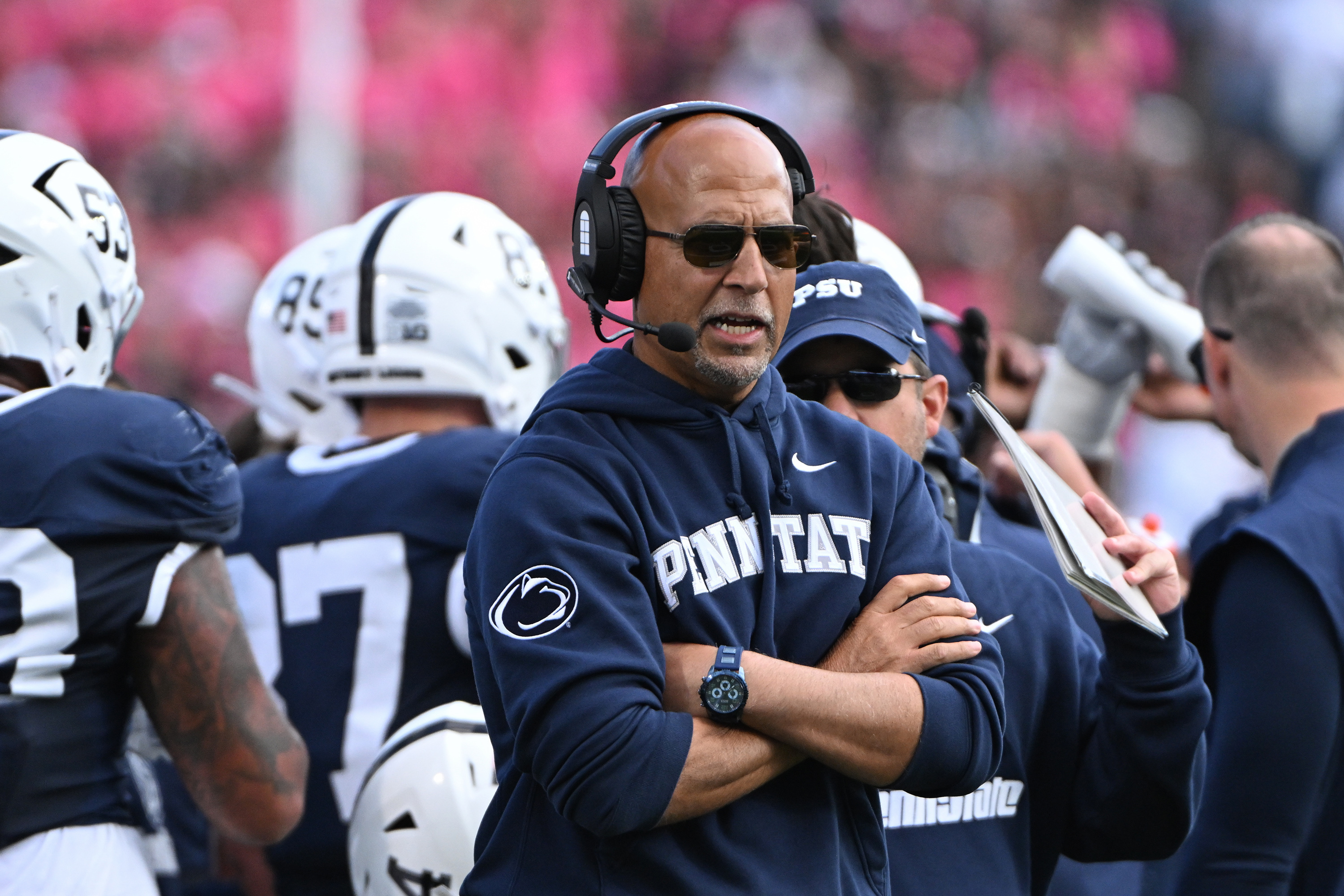What's Happening?
British explorer Steve Backshall has revealed the intense training regimen he undertook to perform 100 push-ups without taking a breath. This feat was part of his preparation for freediving expeditions, which require efficient oxygen use and energy conservation
underwater. Backshall's training included exercises that pushed his body to extreme limits, such as performing physical activities on an out-breath, which he described as one of the most challenging forms of training. His dedication to freediving allowed him to hold his breath for nearly six minutes, a skill developed over two years of daily training that included yoga and stretching to increase rib cage and diaphragm flexibility.
Why It's Important?
Backshall's training highlights the physical and mental discipline required for freediving, a sport that demands exceptional breath control and endurance. His achievements underscore the potential of human capability when pushed to its limits, offering insights into how rigorous training can enhance performance in extreme conditions. This story may inspire athletes and fitness enthusiasts to explore unconventional training methods to improve their own physical capabilities. Additionally, it sheds light on the niche sport of freediving, potentially increasing interest and participation in this challenging activity.
What's Next?
While Backshall has clarified that he no longer maintains the ability to hold his breath for six minutes, his experiences continue to influence his work and public engagements. As freediving gains popularity, there may be increased interest in training techniques that enhance breath control and endurance. Backshall's story could lead to more discussions on the safety and risks associated with extreme physical training, prompting further research and development of training programs tailored for freediving and similar sports.
Beyond the Headlines
Backshall's training regimen raises questions about the limits of human endurance and the ethical considerations of pushing the body to extreme levels. It also highlights the importance of safety and proper guidance in undertaking such intense physical challenges. As more individuals seek to test their limits, there may be a growing need for certified training programs and safety protocols to prevent potential health risks associated with extreme sports.

















